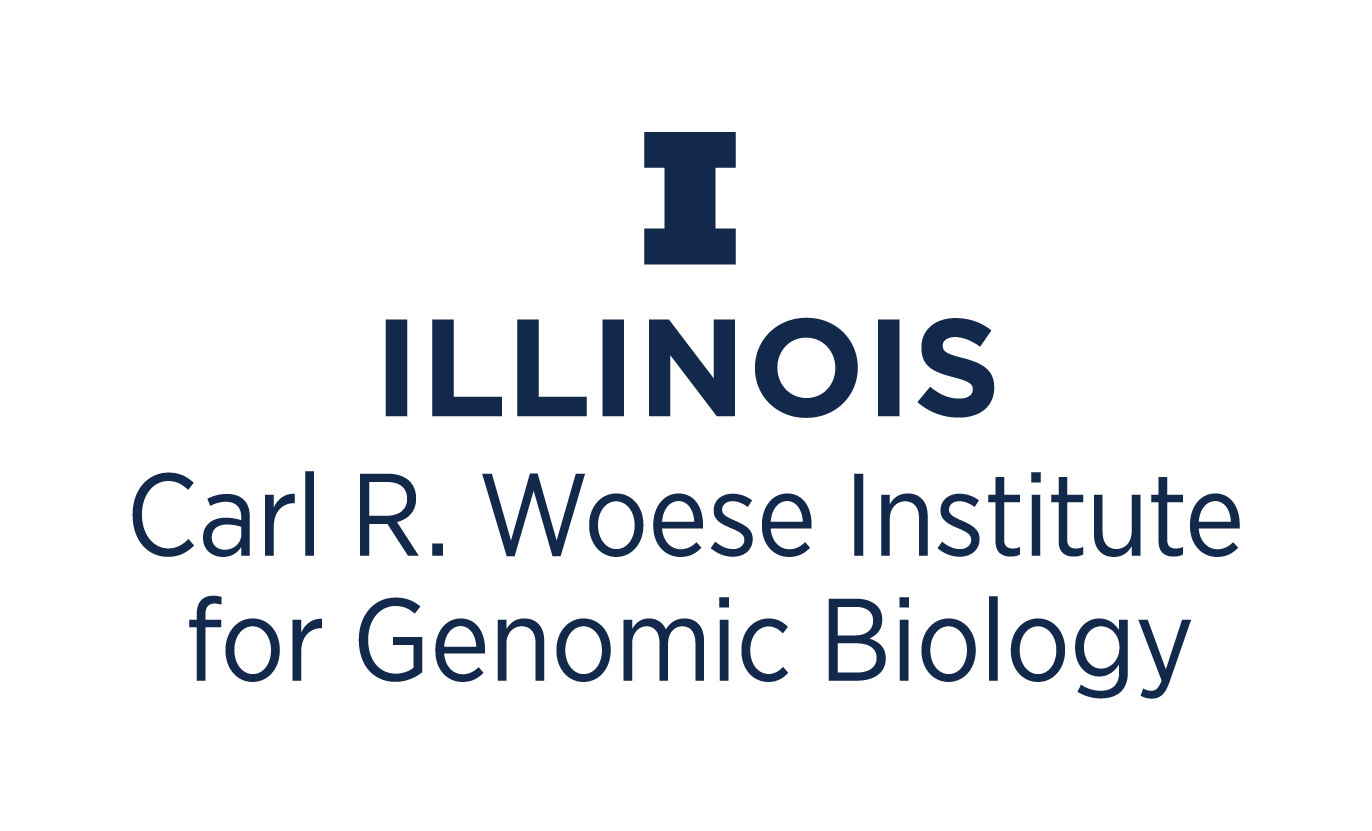A Different Approach to Fighting Harmful Bacteria
As bacteria develop resistance to traditional antibiotics and researchers worldwide seek new ones, Doug Mitchell has explored in directions few others have.
Mitchell, one of the newest faces in the halls of IGB, has asked: what if, instead of killing bacteria, we simply disarm them, rendering them harmless? The beauty of this approach, says Mitchell, is that bacteria are far less likely to develop resistance than with the traditional techniques.
"Traditional antibiotics target essential life processes of bacteria, things like DNA synthesis or the cell wall," says Mitchell, a native of Pittsburgh. "But if you inhibit any of these steps you force the bacteria between a rock and a hard place. They either die or mutate. Conventional antibiotics put the ultimate Darwinian selection pressure on the organism to either mutate or acquire resistance genes."
Mitchell's approach targets "virulence factors" of bacteria, which by definition, is the aspect that is toxic to humans.
"By removing a critical virulence factor—which endows the microbe with the ability to cause disease—but not affecting its growth, we, in theory, reduce the pressure on bacteria to mutate," Mitchell says.
Targeting virulence factor production in microbes rather than their primary metabolic processes is a relatively new idea, says Mitchell, with the first papers to seriously discuss such a strategy appearing within the past five years.
It's one of those "outside-the-box" ideas that makes one wonder why no one tried it before. But, like many good ideas, what appears simple in theory ends up being much tougher in practice. One such item: in order to disarm the virulence factor, one has to first understand it. And that is just the first of many difficult steps.
For example, Mitchell's efforts have focused on streptolysin S (SLS), a toxin made by Streptococcus pyogenes, the bacteria that cause strep throat and a myriad of other more deadly infections. SLS is the advance guard of the infection. SLS accumulates on the outer cell wall of an organism and is poised to kill anything that brushes up against the bacteria, like a macrophage or some other antigen-presenting cell that would normally digest the bacteria. In this way it cripples the host immune response. By destroying the antigen-presenting cells, SLS helps the bacteria gain time to establish a fortified position and initiate more invasive diseases, such as toxic shock syndrome and necrotizing fasciitis (referred to as the "flesh-eating" disease in the media).
Because of SLS's ability to destroy antigen-presenting cells, researchers cannot raise antibodies against it in order to study its structure or produce a vaccine.
"SLS's non-immunogenic nature and other biophysical properties make it a bear to study," says Mitchell. "But given its tactical role in pathogenesis, we thought it would be a great target for novel therapies."
To illustrate the challenge involved, the SLS toxin has known to exist for 100 years, yet the precise chemical structure remains elusive. So it's not just that Mitchell asked a question most others didn't ask, but also that he took on the very difficult task of trying to characterize the structure and function of SLS.
Recently, however, researchers identified some of the genes required to make the toxin. And using that information, Mitchell and his colleagues determined enough of the structure to understand what makes the toxin active and how to generate structural mimics that are non-toxic. Such mutations are enabling Mitchell to generate a structure-based vaccine for Streptococcus pyogenes. Next, he hopes to design molecules to derail the biosynthesis of SLS, resulting in an entirely new line of antibiotics.His early efforts look promising.
Mitchell wanted to be a doctor before he was captivated by chemistry. Still, that early interest in medicine has continued to influence him; it has been the biologically based questions in chemistry that have intrigued him the most. Along the way, Mitchell has become adept at speaking chemistry to biologists and biology to chemists.
"I'm bilingual," he jokes. "In a room full of biologists I am the chemist and in a room full of chemists I'm the biologist," he says. "Biology inspires the chemistry that I do."
After doing graduate work at UC Berkeley, Mitchell's post-doctoral position with Jack Dixon at University of California, San Diego (UCSD), re-ignited his interest in infectious disease. His UCSD work on SLS also made Mitchell passionate about the potential for a strep vaccine.
"One of the things that helps me get up in the morning is if we are successful and we can make a safe, effective vaccine against strep it will save millions of lives and even disencumber health care worldwide," he says. "We want to revolutionize medicine."
Mitchell calculates such a vaccine will save 2.5 million doctor visits for uncomplicated strep throat. And a vaccine against strep also would tackle both impetigo (strep on the skin) and rheumatic fever (a complication of strep throat). By his calculations that would save the health care system some $2 billion, taking pressure off clinics, patients and insurance companies, hence, "disencumbering" the health care system.
But even more exciting to Mitchell than this aspect of his work is his discovery that an SLS-like metabolite is present in 25 percent of all sequenced microbes and that all of these exhibit some toxic behavior, though not always toward humans.
The "super family" of genes, dubbed TOMM (thiazole and oxazole modified microcins) by Mitchell, opens up an almost infinite number of new and exciting directions to explore.
By:
Photos By:

